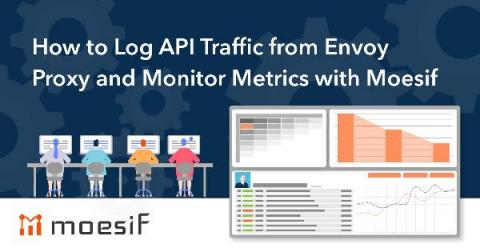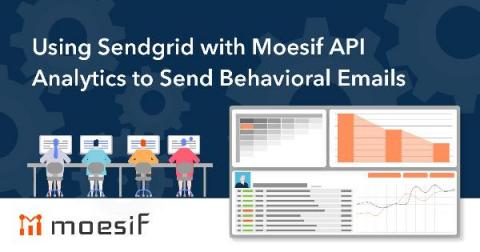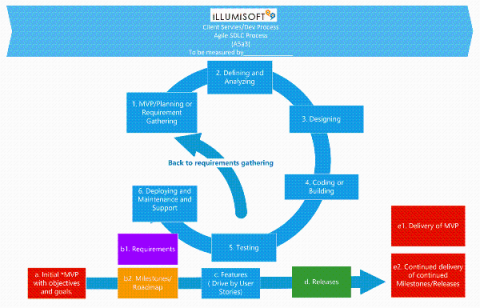How to Select the Best Cross Browser Testing Tool
Cross browser testing can be a real headache for a software tester. You may have tested your application on the latest versions of Chrome, Firefox, and Edge, but more often than not, some browsers such as Internet Explorer, Opera Mini, UC Browser get missed out. As a result of this, a portion of your users will not be able to view your product properly. Thanks to the cross-browser testing tools available in the market, now the cross-browser testing efforts can be significantly reduced.











